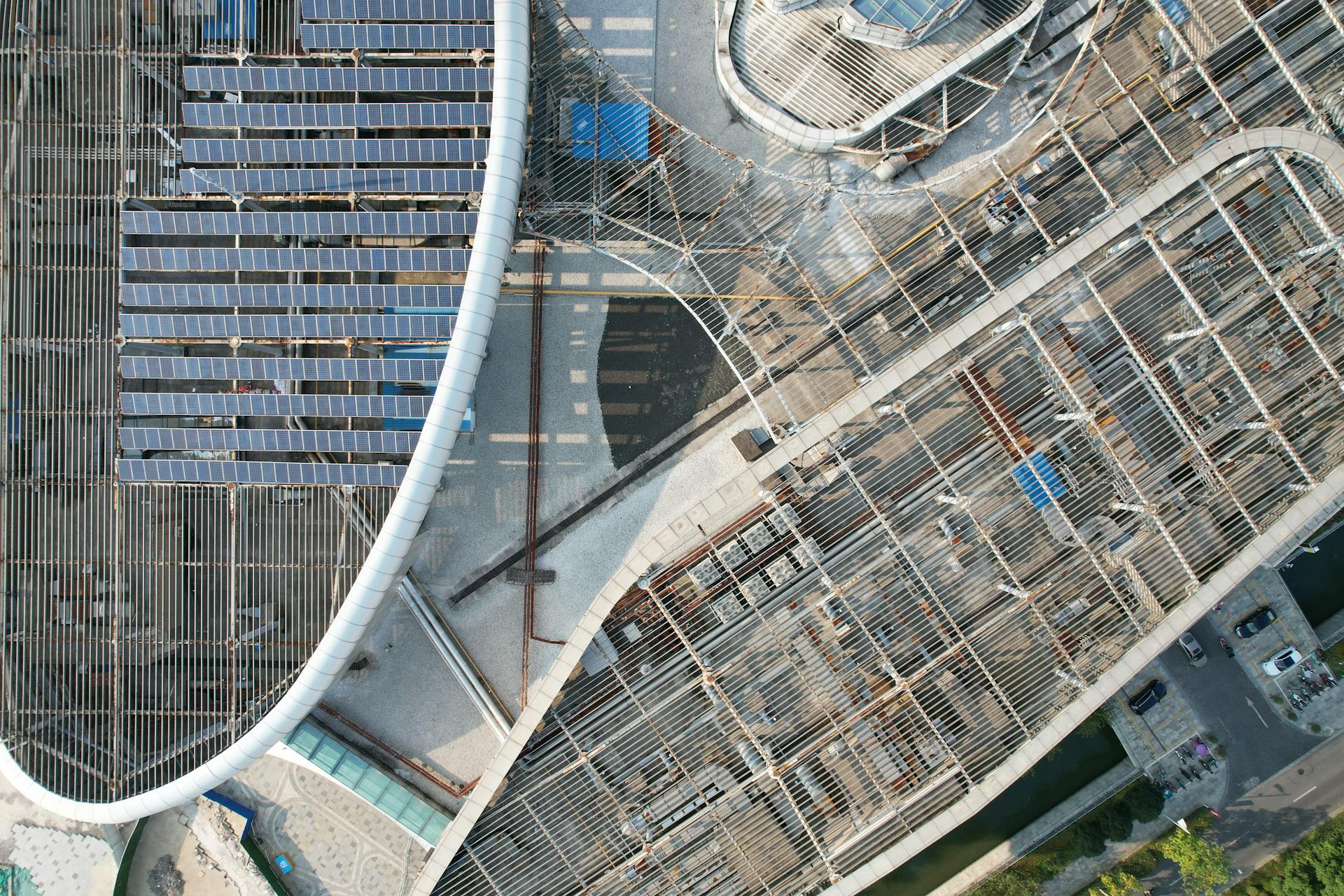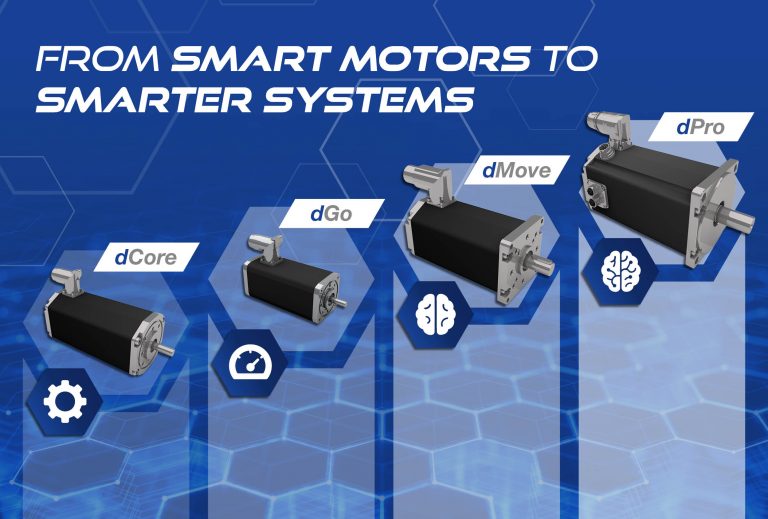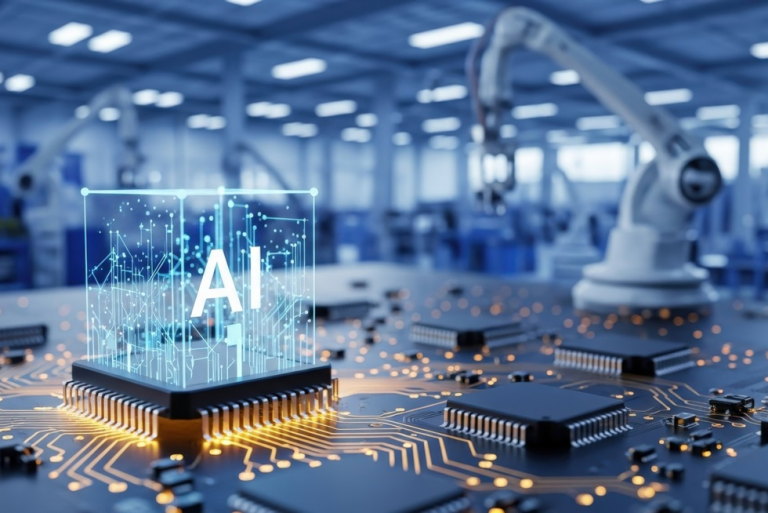In a nutshell:
Europe can turn Industry 4.0 learnings and the Bau 5.0 agenda into scaled advantage by combining open standards (OPC UA, openBIM), sovereign data spaces and clear EU rules (AI Act, Data Act, NIS2, CSRD/EPBD).
Near-term value lies in closed-loop automation, predictive quality, energy/resource intelligence and additive/hybrid chains in factories—and in modular/offsite construction, 5G-enabled sites, digital product passports, digital twins and low‑carbon materials.
Executive playbook: sell outcomes with interoperable interfaces and lifecycle SLAs, connect brownfields, instrument energy/quality, codify data-sharing, build cyber-by-design and upskill teams; EMO 2025 will showcase turnkey, standards-compliant solutions.
Europe’s industrial economy enters the second half of the decade with a clear opportunity: to translate a decade of digital groundwork into measurable productivity, resilience and climate gains—not only on factory floors, but across the construction sector as it pivots to “Bau 5.0.” While the first wave of Industry 4.0 produced islands of excellence, the next phase is defined by interoperable standards, sovereign data spaces and pragmatic regulation that together enable scale. In parallel, Bau 5.0 reframes the built environment as a human‑centric, sustainable and digitally orchestrated system, connecting design, offsite fabrication, on‑site assembly and building operations through one data backbone.
The foundations are in place. European manufacturers are global leaders in machine tools, automation, metrology and industrial software; construction suppliers bring deep capabilities in prefabrication, building materials, HVAC and façade systems. Connectivity standards such as OPC UA have become the de facto language for machines, while initiatives like umati translate them into ready‑to‑use interfaces for machine tools and peripherals. In the built‑environment domain, openBIM via buildingSMART’s IFC and ISO 19650 has matured from file exchange to lifecycle information management. European data‑space architectures, based on International Data Spaces principles, are moving from pilots to operational networks—allowing companies to share data with governance, rather than surrendering it.
Regulatory clarity, often cited as a burden, is now a competitive asset. The EU AI Act sets clear guardrails for risk‑managed AI in industrial and construction use cases, favoring suppliers that can evidence robustness and transparency. The EU Data Act, applicable from 2025, improves access to and portability of data from connected products—vital for multi‑vendor interoperability in factories and on construction sites. NIS2 pushes cyber‑resilience across value chains, aligning factory and site networks with secure‑by‑design architectures. On sustainability, CSRD elevates audit‑ready reporting for scope 1–3 emissions, while the recast Energy Performance of Buildings Directive and the EU Taxonomy steer capital toward energy‑efficient, low‑carbon buildings. The Ecodesign for Sustainable Products Regulation lays the groundwork for digital product passports, a key enabler of traceable materials and circular construction. Together, these frameworks reward solutions that scale across clients and countries without bespoke rework.
Where value will be created in 2026 and beyond is increasingly visible. In manufacturing, closed‑loop automation combines robotics with in‑process sensing, edge AI and autonomous changeovers to stabilize quality and lift overall equipment effectiveness on mixed‑model lines. Predictive quality and adaptive machining use high‑frequency signal data to correct deviations in real time, reducing scrap and extending tool life. Energy and resource intelligence—machine‑level metering, dynamic scheduling, minimum‑quantity lubrication and dry machining—turn compliance into cash by cutting electricity and media consumption. Additive and hybrid process chains shorten lead times for tooling and spares. Data‑driven services—from remote diagnostics to retrofit packages—upgrade installed bases without capex‑heavy replacements.
In construction, Bau 5.0 shifts value upstream into industrialized, offsite production and downstream into data‑rich operations. Modular and prefabricated elements—precast concrete, steel components and timber systems such as CLT/GLT—benefit from factory‑grade automation, repeatable quality and shorter time‑to‑occupancy. On‑site, autonomous and semi‑autonomous equipment, robotics for repetitive tasks, and reality capture via drones and LiDAR compress schedules and improve safety. Private 5G campus networks enable deterministic connectivity for equipment, sensors and AR‑guided assembly. Materials innovation—from low‑clinker cement and recycled aggregates to EAF‑based low‑carbon steel—combined with digital product passports paves the way for verifiable embodied‑carbon reductions and future deconstruction for reuse. In operation, building energy management systems, digital twins and smart HVAC, notably heat pumps, connect buildings to distributed energy resources like rooftop PV, storage and EV charging, unlocking performance‑based service models.
Capital is available to back this scale‑up. Horizon Europe and national programs fund late‑stage industrialization; the Net‑Zero Industry Act and EU Chips Act align incentives for strategic capacities; NextGenerationEU and EIB financing continue to flow into renovation, digital infrastructure and clean technologies. The result is a more favorable backdrop for suppliers that package interoperable technology and for buyers that prioritize outcomes over components.
For executives, the playbook shifts from feature lists to hard results. Customers in 2025 will shortlist vendors that can prove interoperable interfaces based on open standards, quantify performance improvements in throughput per square meter, first‑pass yield and energy per part or per module, and commit to lifecycle support with clear SLAs and upgrade paths aligned to AI Act and NIS2 obligations. Packaging offerings around specific use cases—autonomous changeover on five‑axis cells, energy‑optimized machining of heat‑resistant alloys, end‑to‑end traceability for e‑mobility components, or offsite‑to‑onsite synchronization for modular schools and clinics—cuts through pilot fatigue and anchors total cost of ownership and payback.
Near‑term priorities are actionable and ROI‑positive without resorting to greenfield rebuilds. Manufacturers can connect brownfield assets rapidly via gateways and OPC UA connectors, integrating decade‑old machines into modern execution systems while production continues. Instrumentation for energy and quality, through metering and condition monitoring, delivers immediate savings and creates auditable data streams for customers and regulators. Data‑sharing policies should be written into contracts from the outset, using established data‑space patterns to avoid lock‑in and accelerate supplier onboarding. Cybersecurity, aligned with IEC 62443 and NIS2, should be treated as an enabler that simplifies future certifications and client approvals, not as an afterthought. And people remain decisive: dual‑education strengths, vendor academies and sector initiatives can upskill operators, planners and site crews on AI‑assisted workflows and digital tools in months, not years.
The opportunity now is to connect two worlds that have long run in parallel. Industry 4.0’s mature toolset—standards‑based connectivity, analytics at the edge and interoperable software—now scales across Europe’s brownfield factories. Bau 5.0 brings the same discipline to the construction lifecycle, from openBIM design to industrialized fabrication and data‑driven operations. Companies that turn demos into repeatable modules, compliance into market access and operational data into bottom‑line results will set the pace. Far from a missed chance, the next wave gives Europe a differentiated path: secure, open, sustainable—and built to scale.
Title photo from Pexels
< Back to Construction, Infrastructure
> Here is one of the places where the issuer of a news item is branded.
> Tap buttons or logos to be redirected to the issuers profiles or pages.






